|
|
|
| ACTION | YEAR | KILLED | WOUNDED |
| FONTENOY | 1745 | 32 | 91 |
| TICONDEROGA | 1758 | 314 | 333 |
| ABOUKIR | 1801 | 31 | 159 |
| ALEXANDRIA | 1801 | 54 | 261 |
| CORUNNA | 1809 | 40 | 172 |
| BURGOS | 1812 | 36 | 169 |
| TOULOUSE | 1814 | 84 | 349 |
| QUATRE BRAS | 1815 | 45 | 243 |
| TEL-EL-KABIR | 1882 | 9 | 43 |
| TAMAI | 1884 | 60 | 29 |
| MAGERSFONTEIN | 1899 | 93 | 210 |
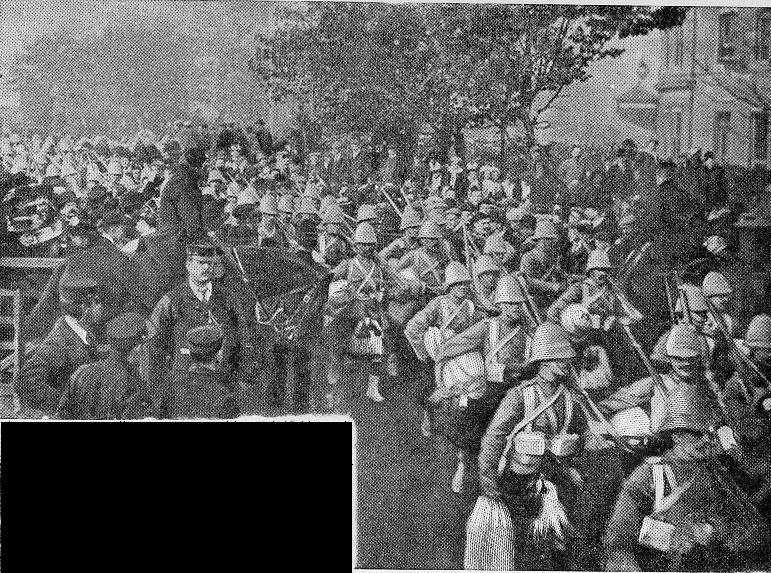

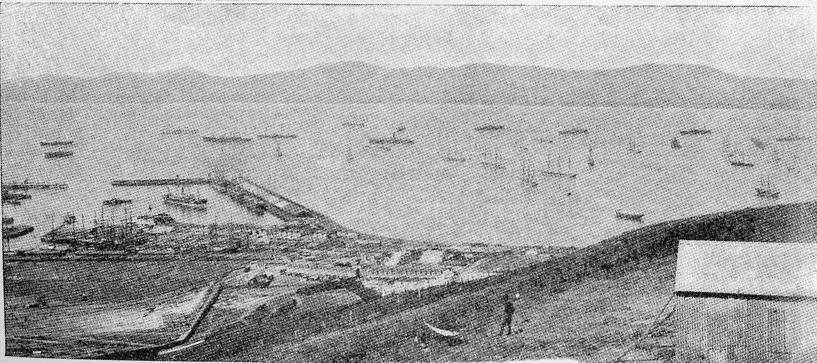
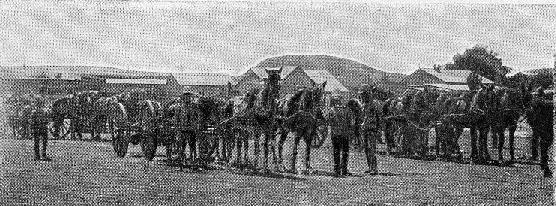
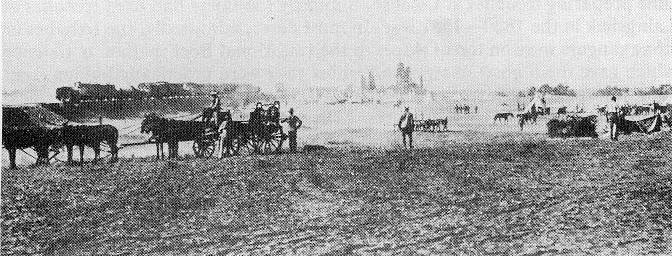

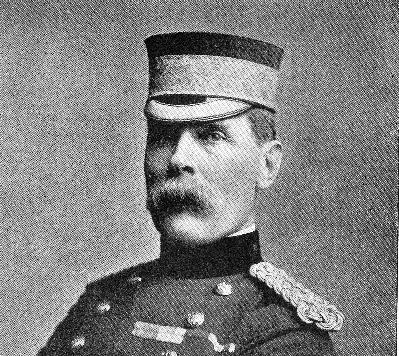


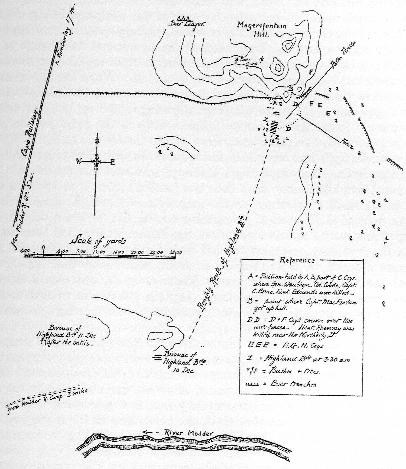
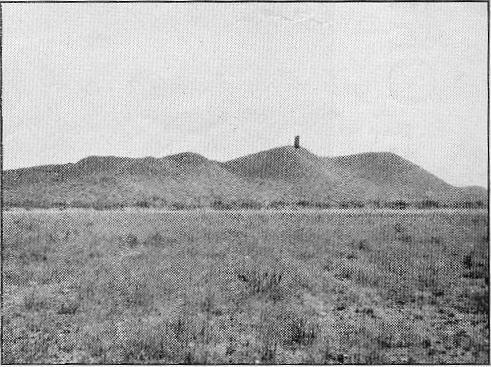
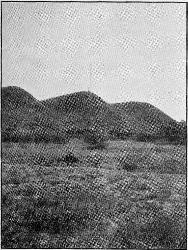
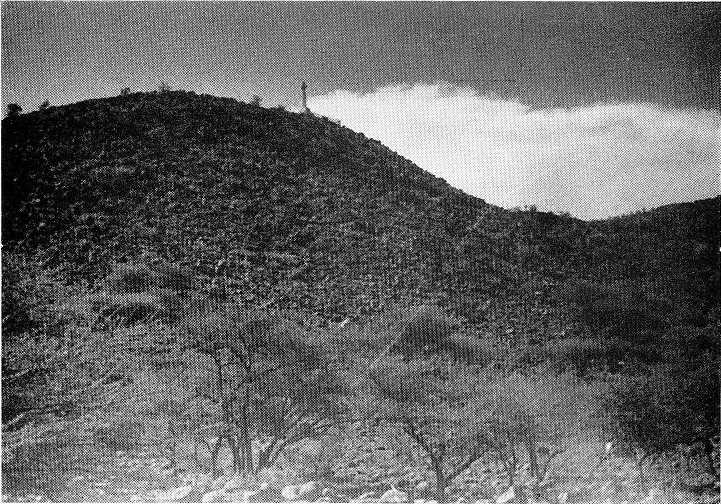
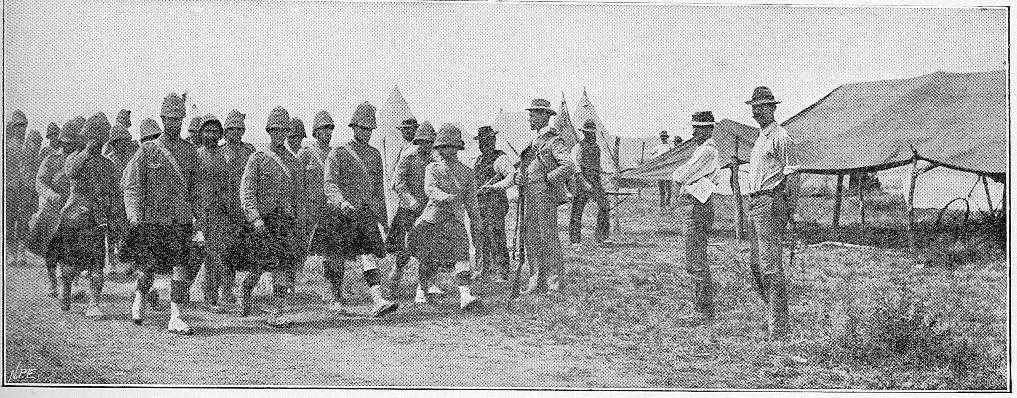
| OFFICERS | OTHER RANKS | |||||
| KILLED | WOUNDED | MISSING | KILLED | WOUNDED | MISSING | |
| BRITISH ARMY | 22 | 46 | 1 | 188 | 629 | 62 |
| HIGHLAND BRIGADE | 15 | 30 | 173 | 529 | ||
| BLACK WATCH | 7 | 11 | 86 | 199 |